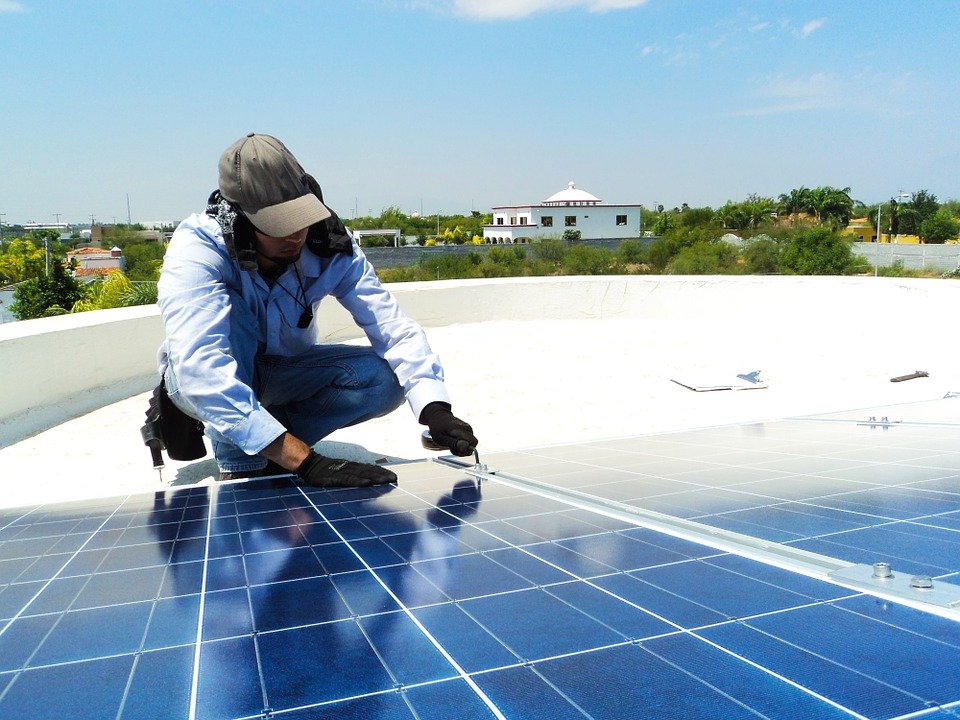How To Save Money On Solar Installation

Solar installation refers to a system of electrical devices designed to generate electricity from the sun. The phrase solar installation is also used colloquially to describe a photo-voltaic unit. Solar energy is classified as renewable, since it is created by renewable resources such as the sun, which is freely available to everyone in wide-ranging areas. The sun is an extremely powerful source that can be used for numerous purposes, including heating and light. The sun's power is used to produce electricity in a very cost effective manner.
Solar panel installation, unlike other forms of installation process, ensures that the entire process is efficient and beneficial to homeowners. The solar panels are designed to absorb solar power, store it efficiently and convert it into usable electricity. These panels are placed on the roof of a home, or other appropriate structure. There are a number of advantages associated with solar panel installation processes. Apart from the fact that the panels are directly exposed to the sun, they are also constructed in such a way that they minimize heat build-up. Heat buildup is one of the biggest reasons why most residential electric bills are high. Visit this page, to acquire more information regarding solar panel installation.
In order to complete a DIY solar installation, the homeowner must ensure that all obstructions are removed from the roof, as well as any obstacles that may affect the efficiency of the setup. A common obstruction is the height of the building, since this impedes the rays that reach the panels. It is also a good idea to look for a clear image source. This helps to ensure that there are no shadows in the area that would prevent the panels from getting enough sunlight.
Once the homeowner has secured the location, he or she can begin the installation process. The process typically starts out with the placement of one or two microinverters on the roof. The microinverters are responsible for absorbing energy from the rays of the sun and converting it into electricity. The number of microinverters needed will depend on the size of the structure, but typically, up to five are needed to get adequate energy production from the rooftop. After placing the microinverters, the homeowner will need to place the solar panels on the roof. The solar panels should be placed in such a way that they face the sun during all hours of the day. You can learn more about installations of solar panels at altairsolar.com.
Although the solar installation process may seem like a complicated task, many experts say that it can be done easily. In addition to lowering the homeowners' utility bill, the installation can also help them save money on their energy bill. The number of days during which the utility bill is reduced depends on the amount of energy produced by the solar panels. The number of days that the solar panels stay powered on is based on the amount of sunlight that they receive and the length of time they are in direct sunlight. The length of time that it takes for the panels to run completely off the solar array and produce power is dependent on the amount of sunlight that they receive.
When it comes to incentives, it is a good idea for homeowners to get in touch with their local utility company to see if there are any rebates or incentives available. In some areas, it is required that these kinds of installations are completed by certified installers. Another great incentive offered by utility companies is to have a percentage of the total cost put towards rebates and other savings. If an installer does not offer to help in the financial aspect of the project, it may be a good idea to hire someone else to complete the job. Discover more here: https://simple.wikipedia.org/wiki/Solar_panel.
